Dodger Stadium and Downtown Los Angeles
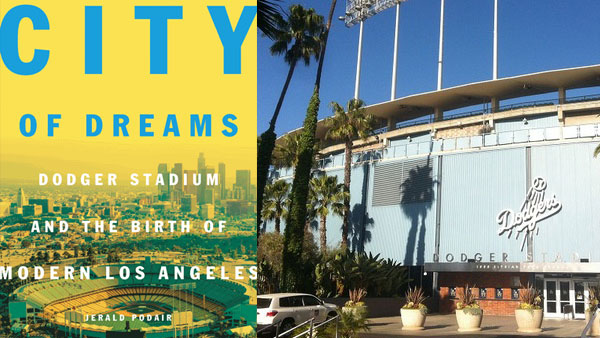
Can the Center Hold? Dodger Stadium and Downtown Los Angeles
Book Review by Darryl Holter
Los Angeles Review of Books
BRINGING THE RAMS BACK to Los Angeles took decades, but I had no idea about the bruising five-year battle waged by Walter O’Malley to build a new home for the Dodgers in 1962. Jerald Podair’s new book arrived just as the Dodgers opened their new season at the stadium that engendered such controversy.
I didn’t grow up in Los Angeles, but there were a few things I knew about the Dodgers. I knew they moved to the city from Brooklyn and that they had a big group of stellar players, like Sandy Koufax, Don Drysdale, and Willie Davis. And after I moved to Los Angeles in 1991, I caught wind of the dislocation of Mexican-American families whose homes were razed to make way for the new stadium. But I didn’t know that O’Malley had made the decision to move his team and pay for the construction of a new super-stadium after visiting the city on three occasions. Nor did I know that the actual displacement of all but a handful of residents of Chavez Ravine occurred 10 years prior to the building of Dodger Stadium, when homes were cleared for a large public housing project that was never erected because of a Cold War protest against “socialized housing.” I was also surprised to learn that the Arechiga family, which had made front-page news after they moved into a tent across the street from where their house was demolished, quickly becoming the poster-family for the anti-stadium forces, actually owned seven other homes in the city, including one within walking distance of their tent. And it was fascinating to discover that the controversy over the stadium created a peculiar political environment, in which Sam Yorty — a politician described by Podair as “always on the fringes of power, perennially underfinanced, dismissed as a small timer, an opportunist, even a crank” — could topple a standing mayor backed by the Downtown elites, organized labor, the Los Angeles Times, and the Republican Party.
The book’s subtitle may be a bit of a stretch. For Podair, the battle for Dodger Stadium raises important questions about “the relationship between public and private power, the respective roles of urban core and periphery, and the modern identity of Los Angeles itself.” The battle over Dodger Stadium produced contradictory views of what the city should be. O’Malley’s supporters wanted the stadium to help revitalize a stalled Downtown and add to the cultural amenities that might push Los Angeles into the ranks of a modern city. They argued that since the team-owner was covering the cost of building the stadium, unlike other Major League stadiums built in the 1950s and 1960s, the increased property and sales tax revenue and job creation would more than compensate the city for offering land at a reasonable price. Opponents cared less about Downtown civic monuments and more about schools, public safety, and clean streets in the peripheral areas where they resided. They opposed the use of public funds to build the stadium (just as they had opposed public housing in Chavez Ravine a decade earlier), but they also opposed helping O’Malley build a stadium that would result in his financial gain.
Continued at at LARB Book Review by Darryl Holter
¤
Book review by Darryl Holter:
Darryl Holter is a historian, entrepreneur, musician, and owner of an independent bookstore. He has taught history at the University of Wisconsin and UCLA and is an adjunct professor at USC.
Read Article at LARB
Follow Darryl Holter Music
Recent Posts
Darryl Holter
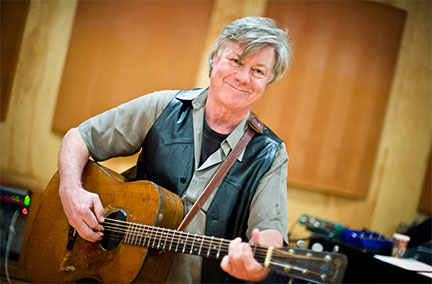
Darryl Holter grew up playing the guitar and singing country and rock and roll songs in Minneapolis, Minnesota. His current brand of Americana music draws from country, blues and folk traditions and often tells stories about people, places and events.
Besides his music, Holter has worked as an academic, a labor leader, an urban revitalization planner, and an entrepreneur. Darryl Holter is also a historian who has written on Woody Guthrie and a contributor to the Los Angeles Review of Books.

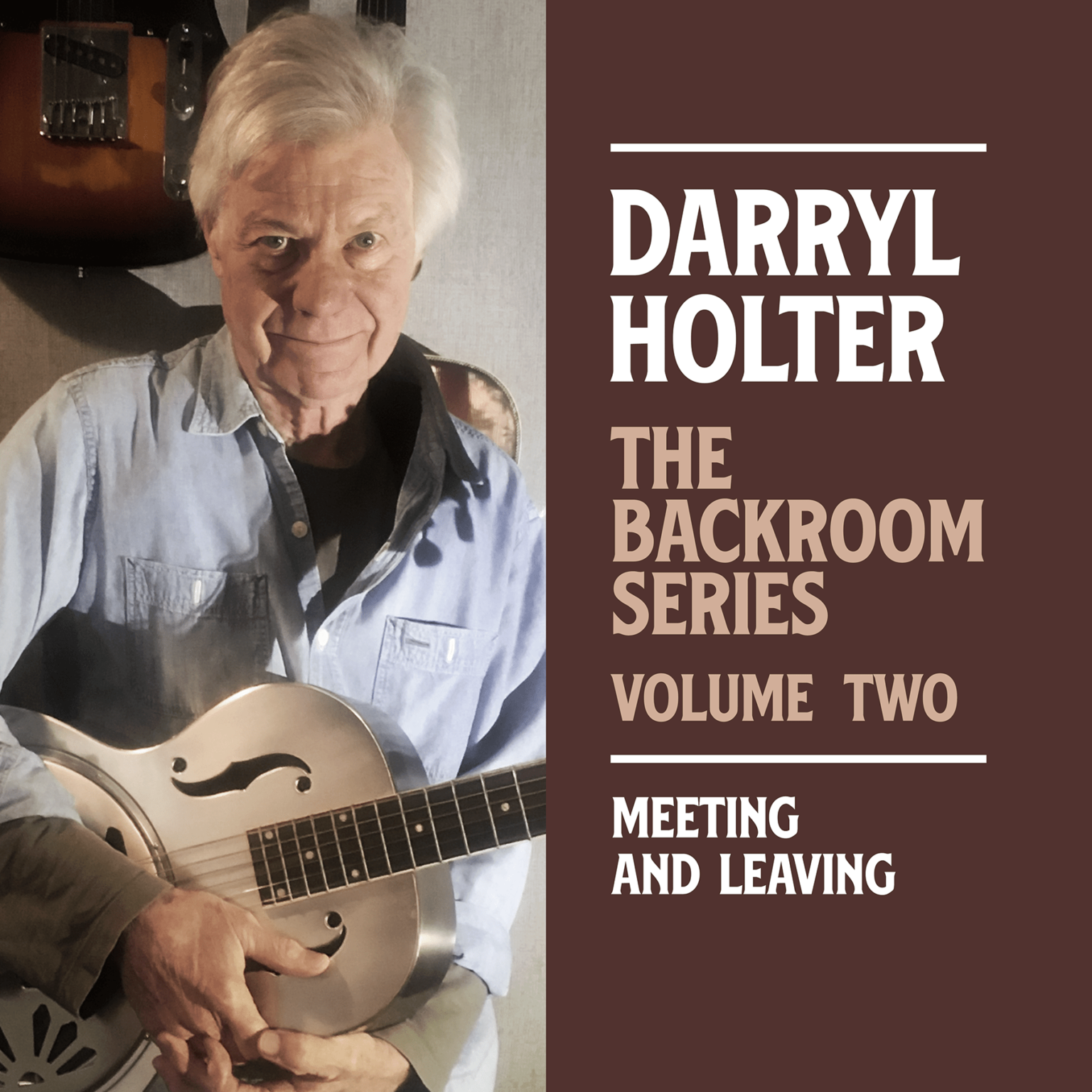
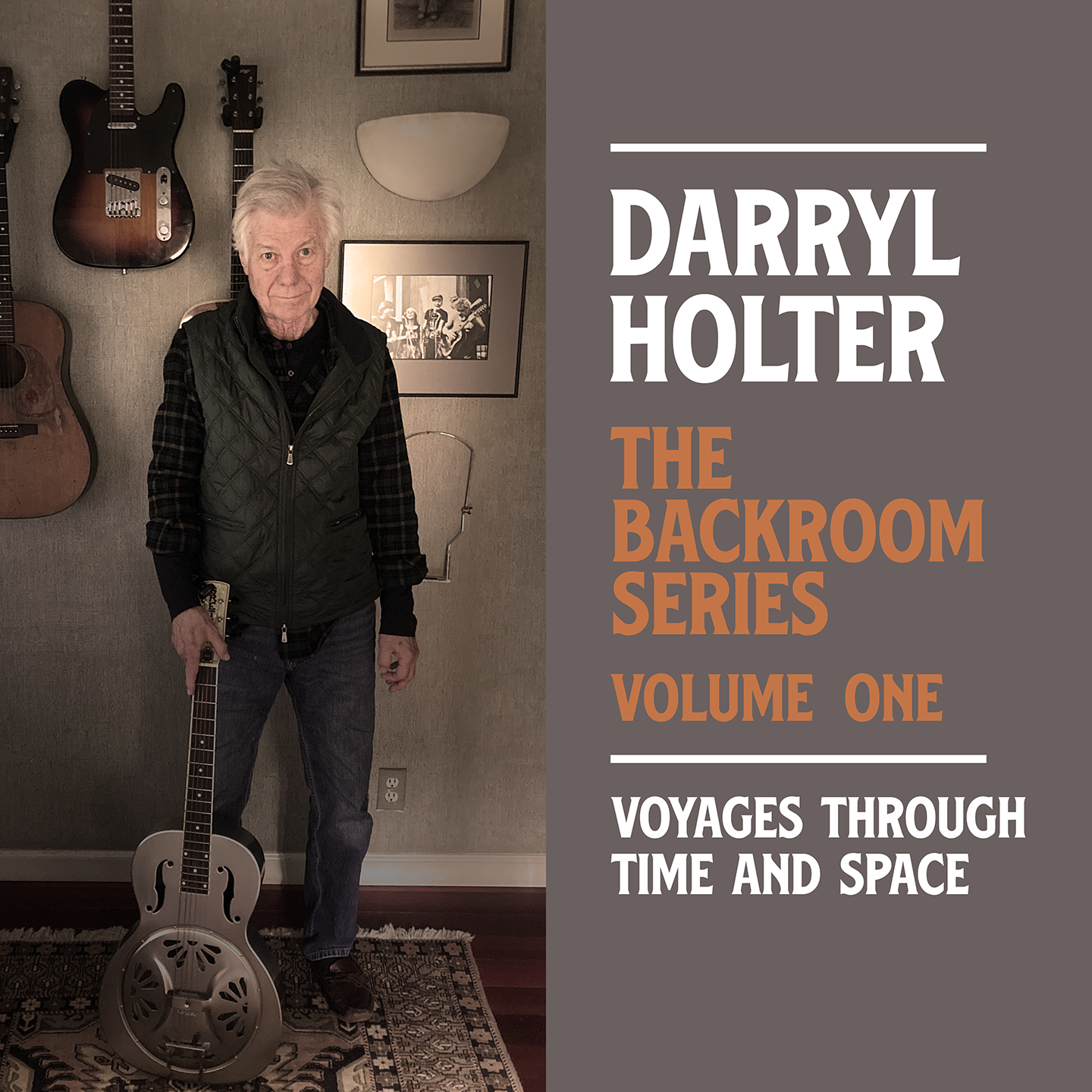
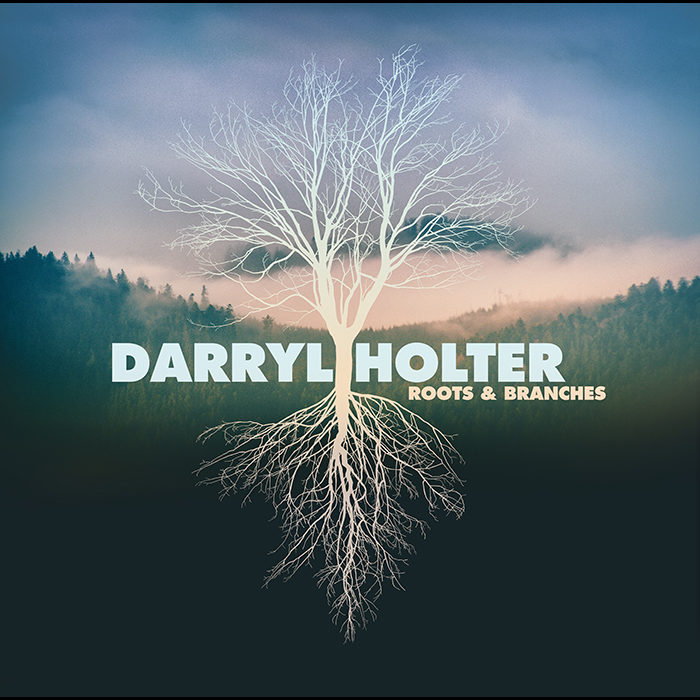
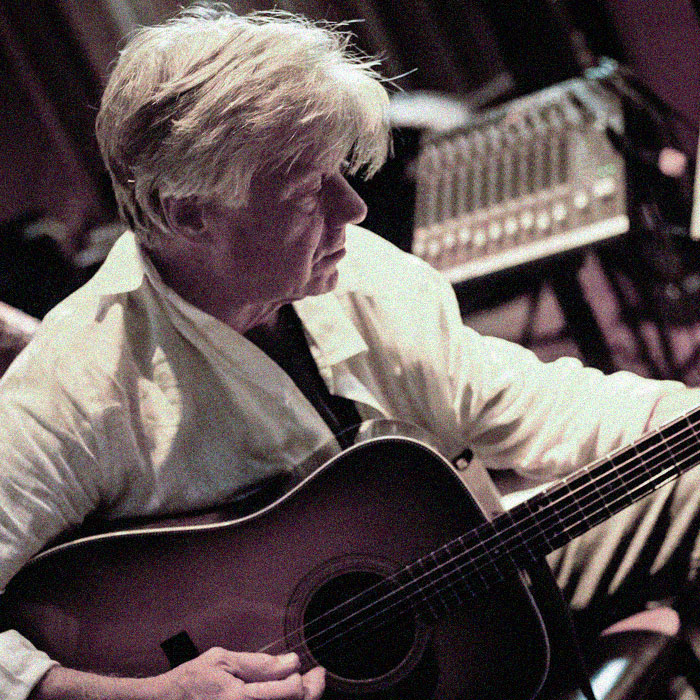

 Darryl Holter grew up playing the guitar and singing country and rock and roll songs in Minneapolis, Minnesota. His current brand of Americana music draws from country, blues and folk traditions and often tells stories about people, places and events.
Darryl Holter grew up playing the guitar and singing country and rock and roll songs in Minneapolis, Minnesota. His current brand of Americana music draws from country, blues and folk traditions and often tells stories about people, places and events.